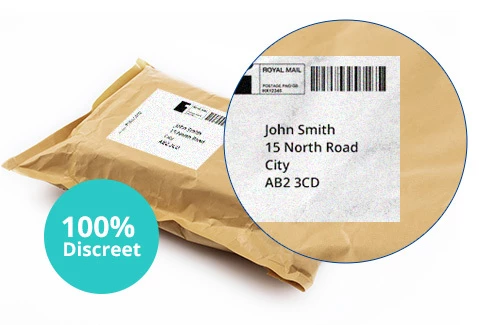Antihistamines are a group of medicines that are most commonly used to relieve symptoms of allergies (including hay fever), hives, conjunctivitis or reactions to insect bites and stings. In some less common cases, they can be used to prevent motion sickness or as a short-term treatment for insomnia. There are a number of antihistamines available on the market – some drowsy and some non-drowsy – and some names you may be familiar with. These include fexofenadine, cetirizine, loratadine, clemastine and more. However, for now, we’ll focus on fexofenadine and how it is used to treat hay fever in particular.
What is Hay Fever?
Hay fever, also known as allergic rhinitis, is an allergic response to allergens (either indoor or outdoor). If you have hay fever, you could find that it is set off by tree pollen, grass pollen, ragweed pollen, dust mites, spores from fungi or mould, dust, dust mites or skin and saliva shed by cats, dogs and other animals with fur or feathers. Symptoms of hay fever include runny nose, itchy eyes, congestion, sneezing and sinus pressure. Of course, this can be uncomfortable and irritating, so many people seek treatment.
What is Fexofenadine?
Fexofenadine is an antihistamine that can be used to treat hay fever. It is a non-drowsy antihistamine, so is less likely to make you feel sleepy than other options on the market might. It is available on prescription and comes in the form of hayfever tablets that can be taken orally.
Dosage
Fexofenadine is generally available in two different strengths:
- 120mg
- 180mg
Usually, adults are instructed to take 120 mg once daily for Hay Fever. Higher doses, such as 180mg may be recommended for other conditions such as symptomatic relief of chronic idiopathic urticaria.
Of course, the right dosage for you will depend on you and your needs and can be recommended by your doctor.
How Does Fexofenadine Work?
Fexofenadine works by blocking histamines, a natural substance that your body produces during an allergic reaction. When the histamine is blocked, you will find that you no longer experience the symptoms of hayfever, or you will experience lesser symptoms of hayfever. This can make day to day life more comfortable.
So, there you have it! Fexofenadine is a useful antihistamine that can be used to treat a number of types of allergic reaction, as well as alternative conditions in less common cases. If you’re interested in trying fexofenadine, reach out to your doctor who will be able to provide you with further advice and recommendations based on you as an individual.
Side Effects
As with any medication, fexofenadine can come hand in hand with some side effects. These can include dizziness, drowsiness, headache, nausea, fatigue. It is, however, very rare to have a serious reaction to fexofenadine. If you feel that you may be experiencing any serious reactions to fexofenadine, make sure to contact emergency services straight away.
There are, of course, many antihistamines available on the market. Fexofenadine is just one. But hopefully, some of the information above will help you to make an informed decision as to whether it could be something that could help you or not!





